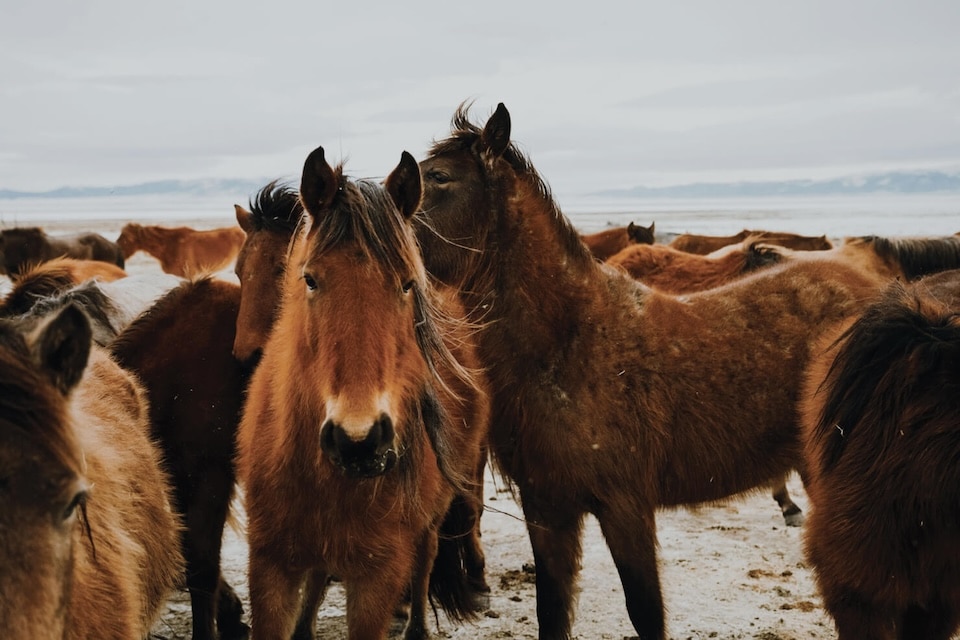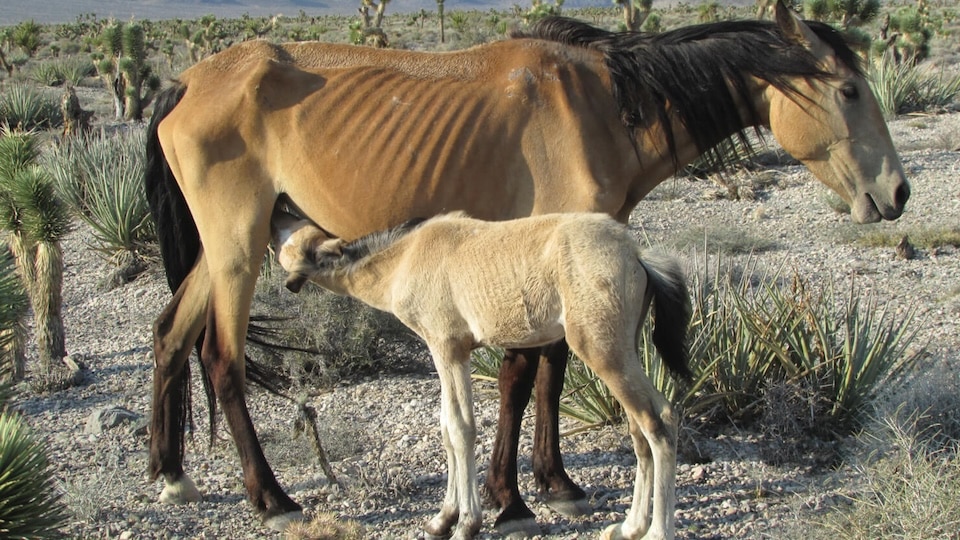BOZEMAN, MT – The Property and Environment Research Center (PERC) released a new report today – From Range to Ranch: Assessing the Bureau of Land Management’s Wild Horse and Burro Adoption Incentive Program – authored by Tate Watkins, Managing Editor and Research Fellow at PERC, and Katie Flavin, 2024 Impact Fellow at PERC, revealing the underreported crisis on America’s Western public lands of wild horse and burro overpopulation and analyzing the effectiveness of the Bureau of Land Management (BLM)’s wild horse adoption incentive program established in 2019.

In an effort to reduce the pressures wild horse overpopulation places on public land ecosystems, the BLM, inspired by PERC research, created up to a $1,000 per wild horse or burro financial incentive for adoption to minimize the physical cost of horse removal on rangelands and financial burden on taxpayers. The initiative has seen tremendous success in the five years since its inception with massive benefits for both wild horse population control and taxpayer wallets. Some key report findings and program achievements include:
While PERC has found the adoption incentive program to be an effective tool to relieve stress on public rangelands and promote long-term fiscal sustainability, the report concludes with the following recommendations:

“In the past five years, the BLM’s wild horse adoption program has proven to be a massive success – cementing an actionable solution to wild horse overpopulation that prioritizes public land conservation, ensures the health and safety of animals, and dramatically reduces taxpayer costs” notes Brian Yablonski, CEO of PERC. “This program demonstrates the powerful role incentives can play in creating effective conservation outcomes. It’s inspiring to see the BLM embrace a creative solution that can serve as a model for other complex challenges.”
To read the full report, visit www.perc.org/adoptions
ABOUT PERC: The Property and Environment Research Center (PERC) is the national leader in market solutions for conservation, with over 40 years of research and a network of respected scholars and practitioners. Through research, law and policy, and innovative applied conservation programs, PERC explores how aligning incentives for environmental stewardship produces sustainable outcomes for land, water, and wildlife. Founded in 1980, PERC is nonprofit, nonpartisan, and proudly based in Bozeman, Montana.
The Women's Outdoor News, aka The WON, features news, reviews and stories about women who are shooting, hunting, fishing and actively engaging in outdoor adventure. This publication is for women, by women. View all posts by The WON